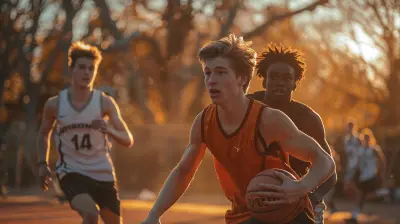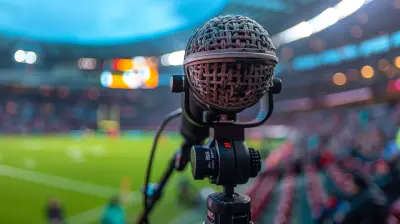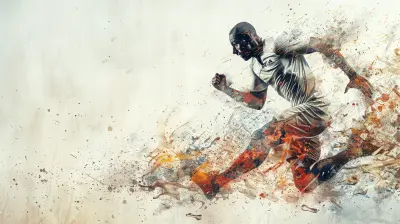Stretching for Martial Arts: Enhancing Flexibility and Agility
14 July 2025
When it comes to martial arts, the glamour often lands on high-flying kicks, rapid punches, and perfect takedowns. But behind every sharp movement is something far less flashy—stretching. Yeah, that thing most people rush through to get to the “fun” part of training. The truth? Stretching is the unsung hero of martial arts. It boosts flexibility, sharpens agility, and helps prevent injuries. Want to kick higher, move quicker, and dodge with the grace of a ninja? Then stretching is your new secret weapon.
Let’s break it all down and talk about how stretching can seriously elevate your martial arts game.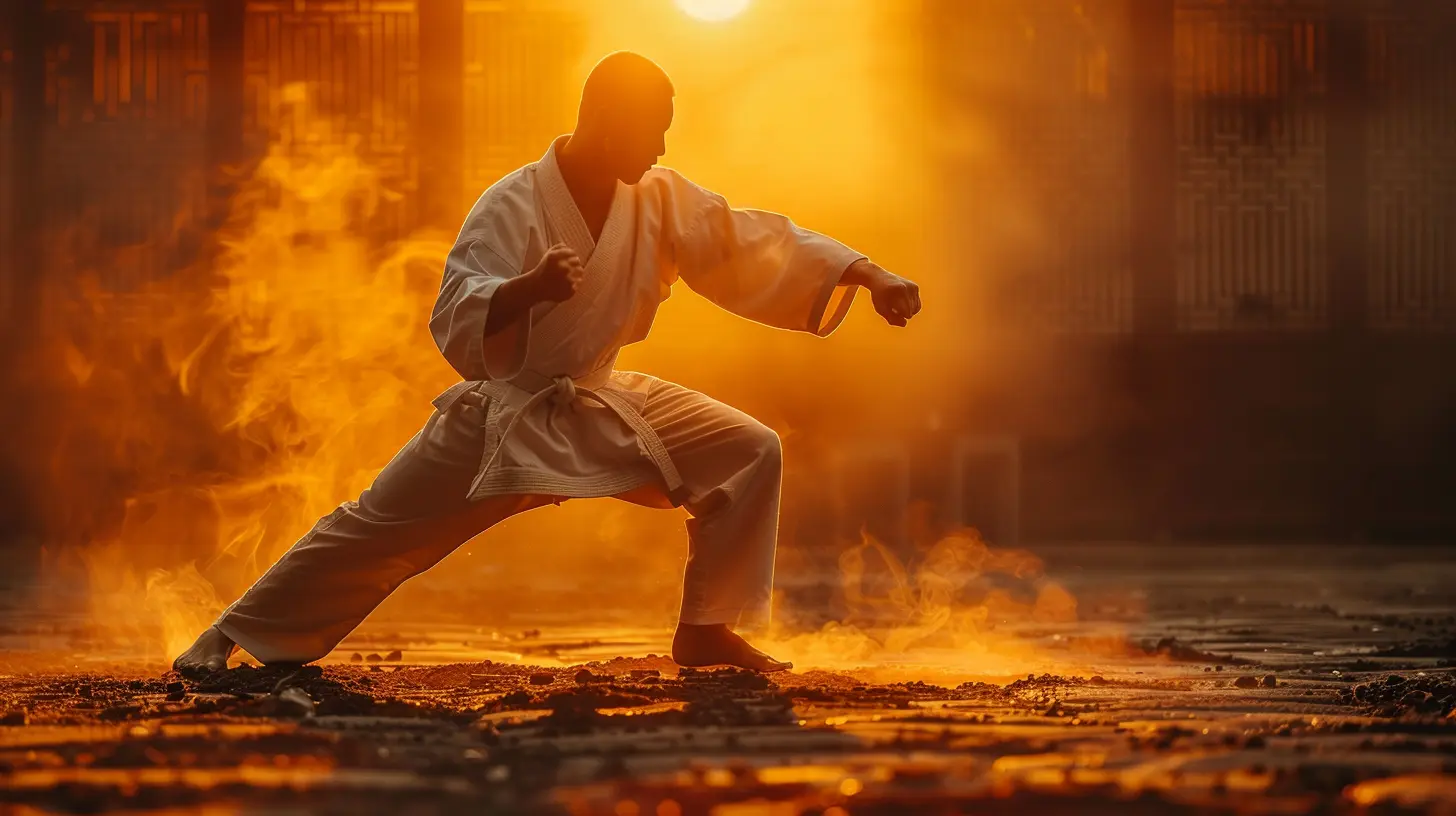
Why Stretching Matters So Much in Martial Arts
Think of your body like a bow and arrow. If the string isn’t tight enough or the limbs aren’t flexible, that arrow’s not going anywhere fast. Same goes for your muscles and joints. Flexibility allows your body to unleash maximum power with fluid ease. And agility? That’s your ability to move quickly and smartly, which is crucial when you’re up against a fast-moving opponent.And don’t forget—martial arts is not just about power; it’s about control, stability, and flow. Solid stretching habits help you stay loose, reactive, and always one step ahead.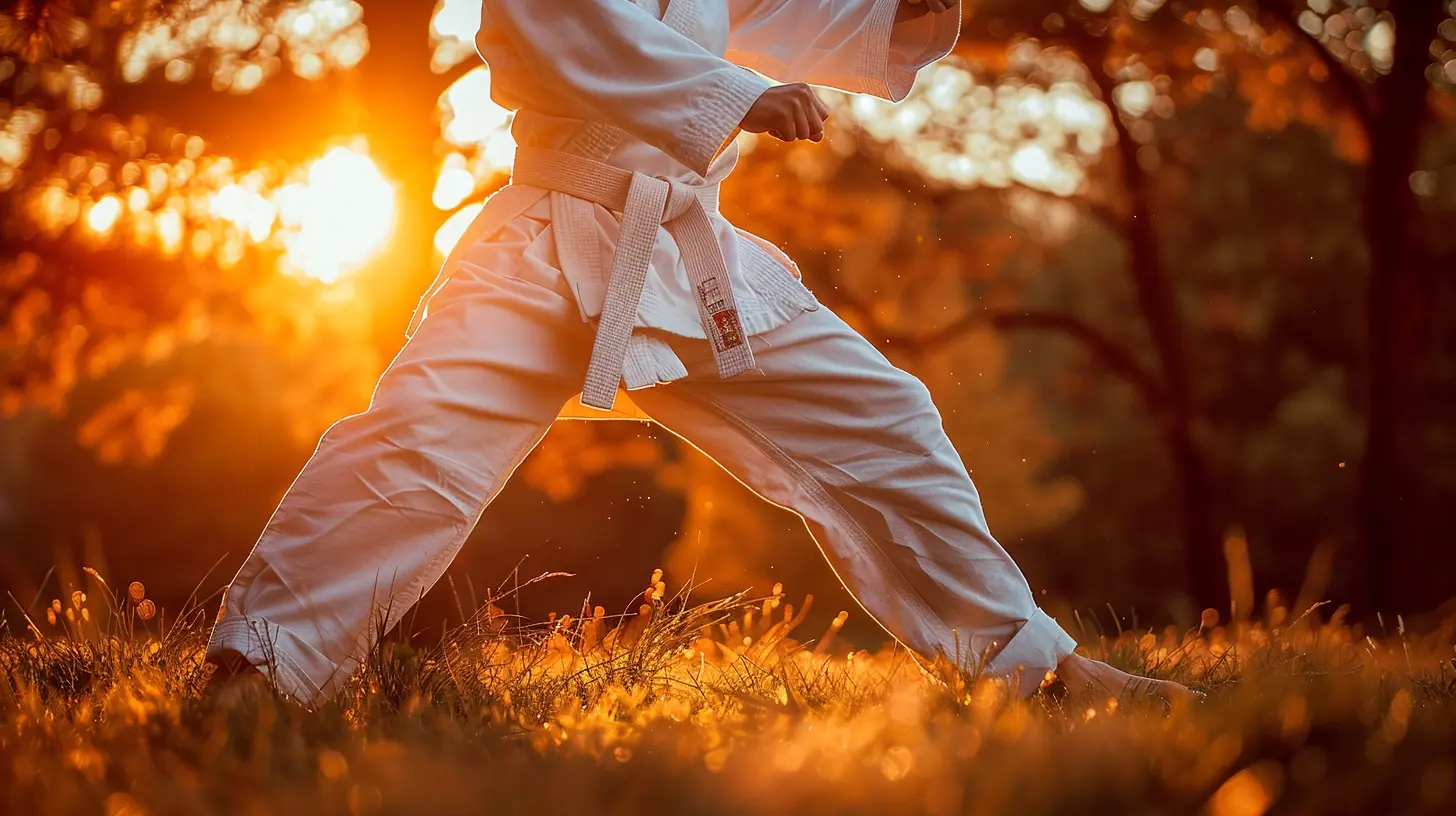
The Core Benefits of Stretching for Martial Arts
Let’s take a closer look at what you really gain by making stretching a part of your training ritual.1. Increased Range of Motion
You’ll hear this a lot in martial arts circles. Whether you're throwing a roundhouse kick or working on a spinning back fist, a greater range of motion means more options and better technique. Stretching consistently expands your limits.2. Improved Agility and Reaction Time
While strength is the engine, flexibility is the steering wheel. When your muscles are loose and flexible, your body can shift direction faster and more efficiently. That’s a gamechanger in any sparring or self-defense situation.3. Muscle Recovery and Injury Prevention
No one wants to be sidelined with a torn hamstring or rolled ankle. Stretching enhances blood flow and keeps muscles pliable, helping prevent the strains and sprains that can derail your progress.4. Better Posture and Body Awareness
Stretching helps you stay balanced and aligned. That means greater control over your body movements—super important in martial arts where precision often beats sheer strength.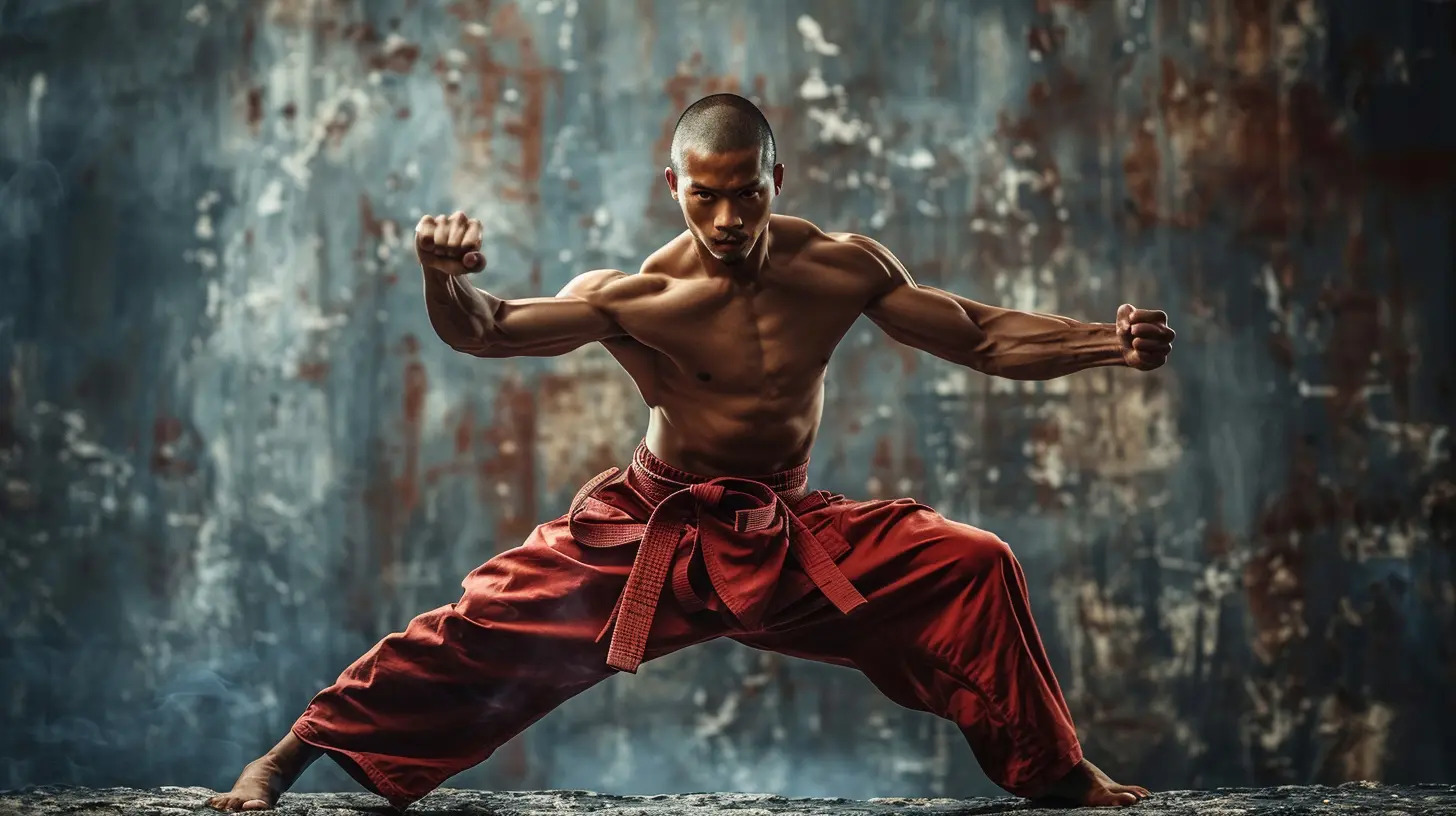
Types of Stretching: What Works Best for Martial Artists?
Stretching is not a one-size-fits-all deal. To get the best results, you’ve got to understand the different types and how to use them right.1. Dynamic Stretching (Before Training)
This is your go-to warmup. Dynamic stretching includes movements like leg swings, arm circles, and walking lunges. They're perfect for getting the blood flowing and priming your body for action. Think of it as flipping the “on” switch for your muscles.Examples:
- High knees
- Hip circles
- Torso twists
- Leg swings (front-to-back and side-to-side)
2. Static Stretching (After Training)
Save this one for your cool-down. Static stretching involves holding a position for 20–60 seconds, allowing the muscle to relax and lengthen. It’s great for increasing long-term flexibility and reducing soreness after training.Examples:
- Hamstring stretch
- Quad stretch
- Seated forward fold
- Butterfly stretch
3. PNF Stretching (Advanced Flexibility Work)
Proprioceptive Neuromuscular Facilitation (try saying that five times fast) is a more advanced method. It involves stretching a muscle, contracting it, then stretching it again. It’s highly effective but best done with a partner or under supervision.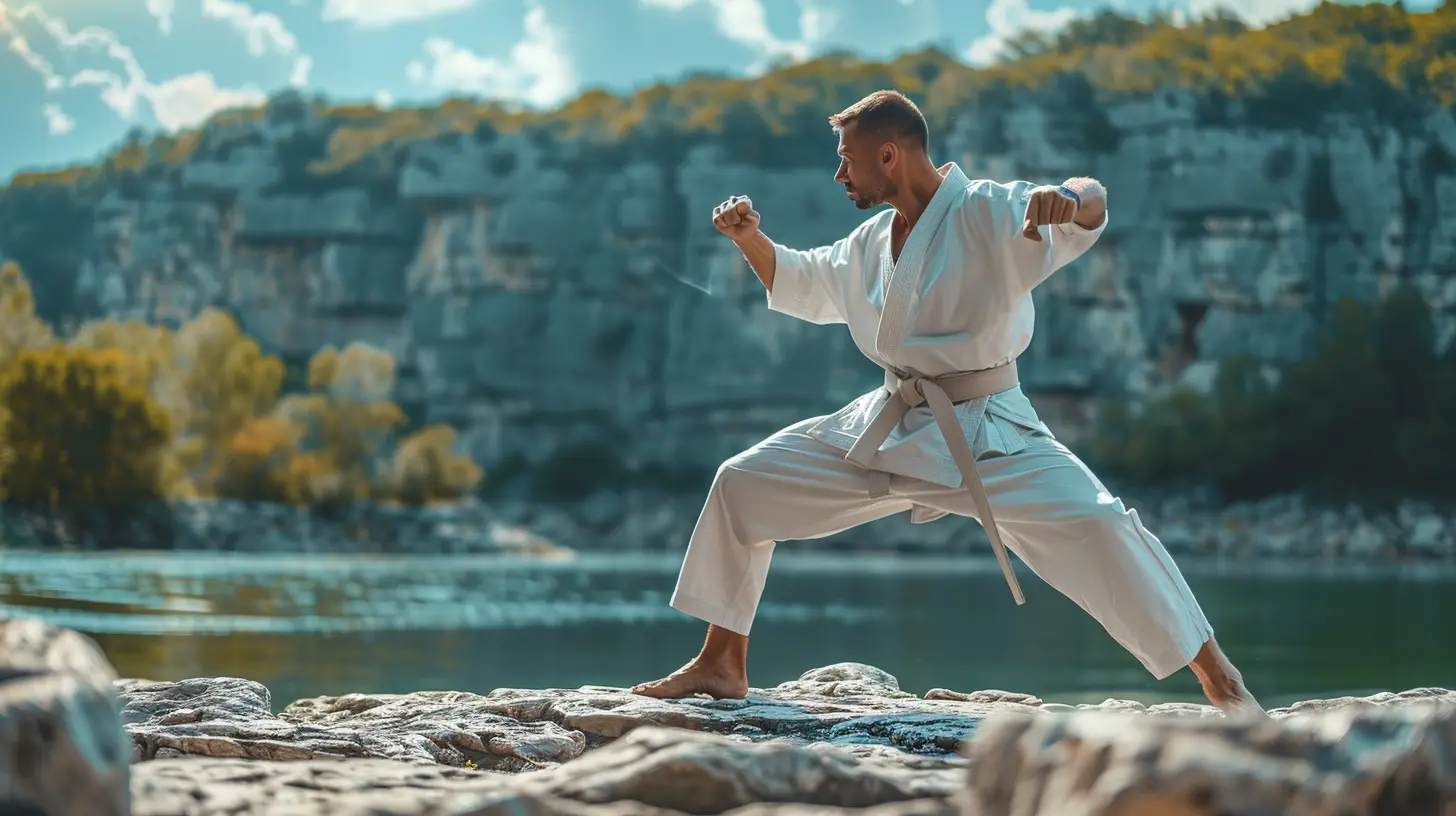
A Solid Stretching Routine for Martial Artists
You don’t need to spend an hour stretching every day, but consistency beats intensity when it comes to flexibility. Here’s a simple routine you can do five to six days a week:Dynamic Warm-Up (10–15 minutes)
- Arm circles – 30 seconds- Leg swings – 15 reps each leg
- Hip openers – 10 reps per side
- Jumping jacks – 1 minute
- Lunges with torso twist – 10 reps each side
Post-Training Static Stretch (10–15 minutes)
- Forward fold – Hold for 30 seconds- Standing quad stretch – Hold each side for 30 seconds
- Seated butterfly – 30 seconds
- Spinal twist – 30 seconds each side
- Calf stretch on wall – 30 seconds each leg
Optional PNF Stretching (2–3 times a week for experienced martial artists)
- Hamstring PNF stretch with a partner- Hip flexor PNF hold-release technique
- Shoulder PNF stretching
The key is balance. Don’t overdo it. You want to stretch enough to make gradual progress, not to the point of pain.
Flexibility vs. Agility: What’s the Difference?
It’s easy to mix these up, so let’s clear the air.- Flexibility is your muscle's ability to lengthen.
- Agility is your ability to move quickly and change direction efficiently.
Stretching supports both. But agility also demands balance, coordination, and reaction time. So while stretching primes your body, agility drills (like ladder drills or cone exercises) are great additions to your training.
Picture a gymnast vs. a soccer player. Both rely on flexibility and agility, but they express it differently. Martial artists need a unique combo of both—kind of like being both a gymnast and a ninja.
Stretching for Specific Martial Arts
Different martial arts demand different movements. Here’s how stretching can support your specific discipline:Taekwondo
You’ve seen those crazy high kicks. Stretching the hip flexors, hamstrings, and groin is essential here.Brazilian Jiu-Jitsu (BJJ)
Flexibility helps you maneuver into and escape from submissions. Focus on the hips, lower back, and shoulders.Karate
Karate requires quick, sharp movements. Stretching improves the snap and speed of punches and kicks.Muay Thai
This style calls for a lot of knee work and clinching, so hip mobility and hamstring flexibility are key.MMA
Mixed Martial Artists need it all—flexibility, agility, stamina, and strength. A full-body stretching routine is your best friend.Pro Tips for Getting the Most Out of Your Stretching
Here are a few golden rules to stretch smart:- Don’t stretch cold. Always warm up first.
- Breathe through the stretch. Holding your breath causes your muscles to tense up.
- Never bounce while stretching. That’s a fast track to injury.
- Stay consistent. Regular short sessions beat occasional long ones.
- Listen to your body. Discomfort is okay, pain is not.
And hey, patience is key. Flexibility doesn’t come overnight. But commit to it, and you’ll be unlocking new moves like a cheat code in a video game.
Stretching and Mental Focus
There’s one more benefit to stretching that often flies under the radar—mental clarity. Stretching slows you down, lets you focus on your breathing, and helps you tune into your body. That’s powerful.Martial arts is as much about mental discipline as physical strength. Integrating mindful stretching into your routine helps reinforce that connection between brain and body. It’s almost meditative—and that inner calm can give you a real edge in competition or self-defense.
Final Thoughts: Flexibility is Your Superpower
Look, being strong is great. Being fast? Even better. But being flexible? That’s next level. Stretching for martial arts isn’t just about touching your toes—it’s about unlocking a new level of control, speed, and power.If you want to elevate your skills, prevent injuries, and feel more in tune with your body, then don’t sleep on stretching. Make it a regular part of your training, and you’ll feel the difference—not just in your kicks or punches, but in your overall performance, confidence, and mindset.
Stretching is the groundwork. Build it, and the rest of your martial arts journey becomes smoother, stronger, and a whole lot more fun.
all images in this post were generated using AI tools
Category:
StretchingAuthor:

Frankie Bailey
Discussion
rate this article
1 comments
Raleigh McNair
Stretching for martial arts: because nobody wants to be that fighter who pulls a hamstring while attempting a high kick! Let’s get flexible—so we can kick butt without kicking ourselves in the process!" 🥋😂
July 25, 2025 at 4:09 AM

Frankie Bailey
Great point! Flexibility not only prevents injuries but also enhances performance—let’s kick our limits without the aches! 🥋💪
